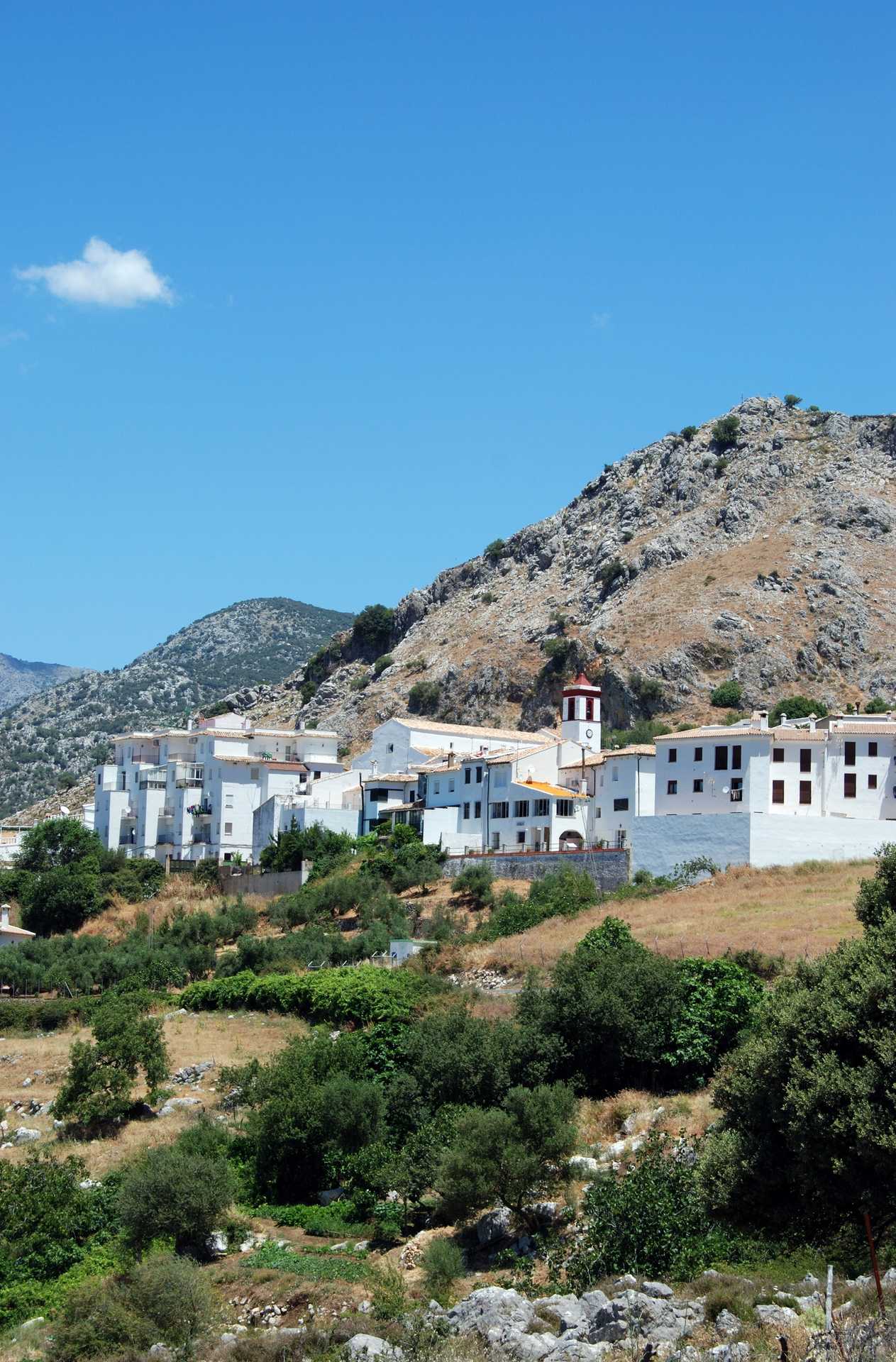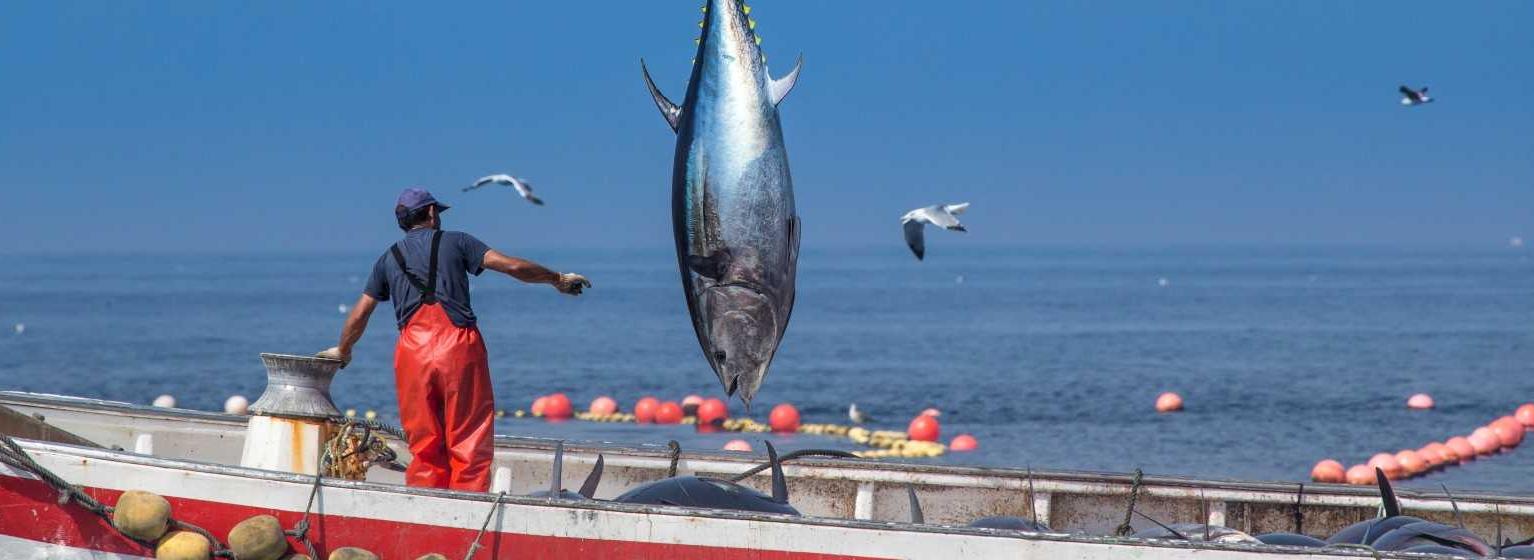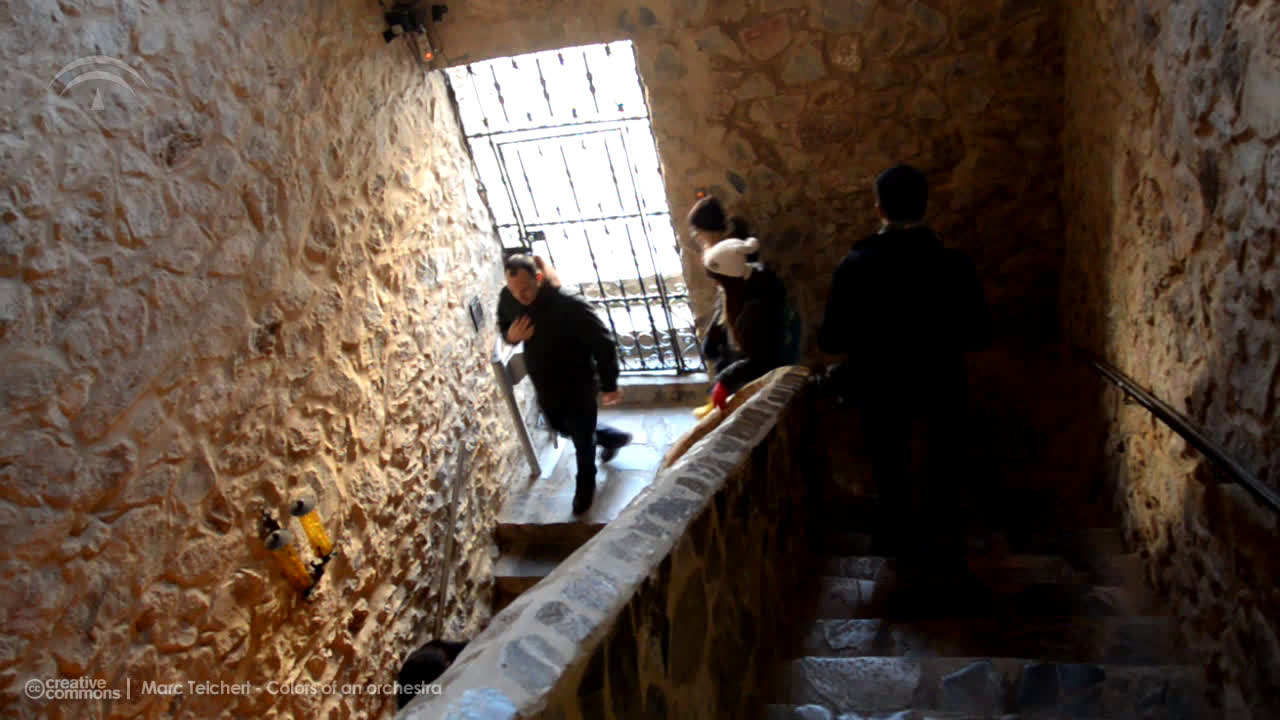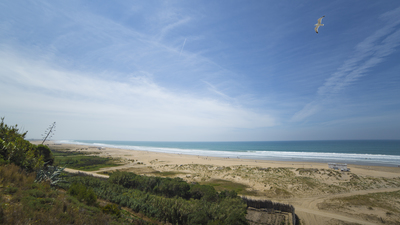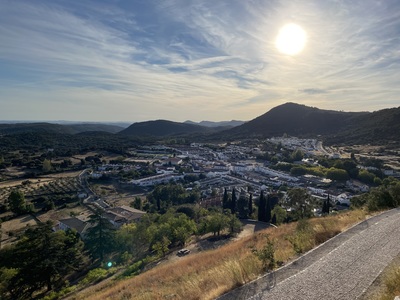5 Andalusian ecomuseums well worth discovering
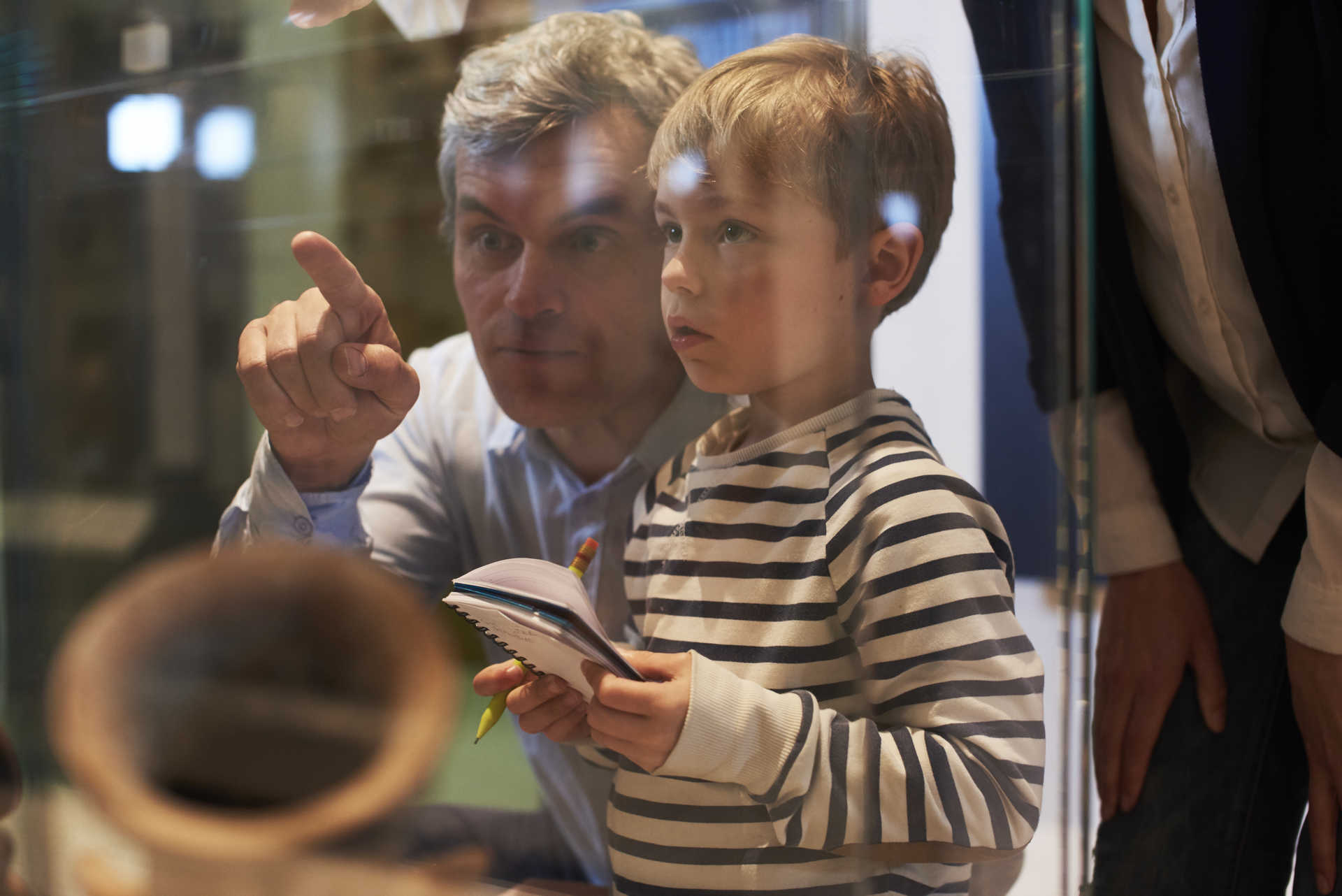
Nature, customs, old industries, legacies… the ecomuseums are ideal areas for family ecotourism and for being immersed in the environment we are visiting. Hew are just a few of them.
Andalusia has taken on the eco-museum concept and this has been donein geographical areas with natural resources, landscapes, geography andhistory which are well worth being presented. Here are five exampleswhich you'll find in Almería, Cadiz, Huelva and Malaga, and which are of enormous interest to those who are committed to ecotourism and sustainability. Or those with a chronic need for new experiences.

The House of Volcanoes Eco-Museum (Níjar, Almeria)
It all began as a mine. The old Rodalquilar mine, devoted to searching for gold search, closed in 1966. One themine's facilities, the PAF House (stands for Precipitation, Refining and Smelting), would come to be reused as an eco-museum, devoted tounderstanding and interpreting the geological landscapes of the Cabo de Gata Geopark, whose geographic location and arid features have generated unique flora and fauna. And adapted.
The great thing about this ecomuseum is its ethnographic angle, given the historical importance of mining in this area dating from the 16th century. There was also a gold rush inAlmería, specifically with the arrival of the Rodalquilar Mining Company in the 1930s. In one of the rooms in the ecomuseum -well worth a visitwith your family if you're looking for sustainable tourism for children- there is a large model explaining the whole gold mining process.
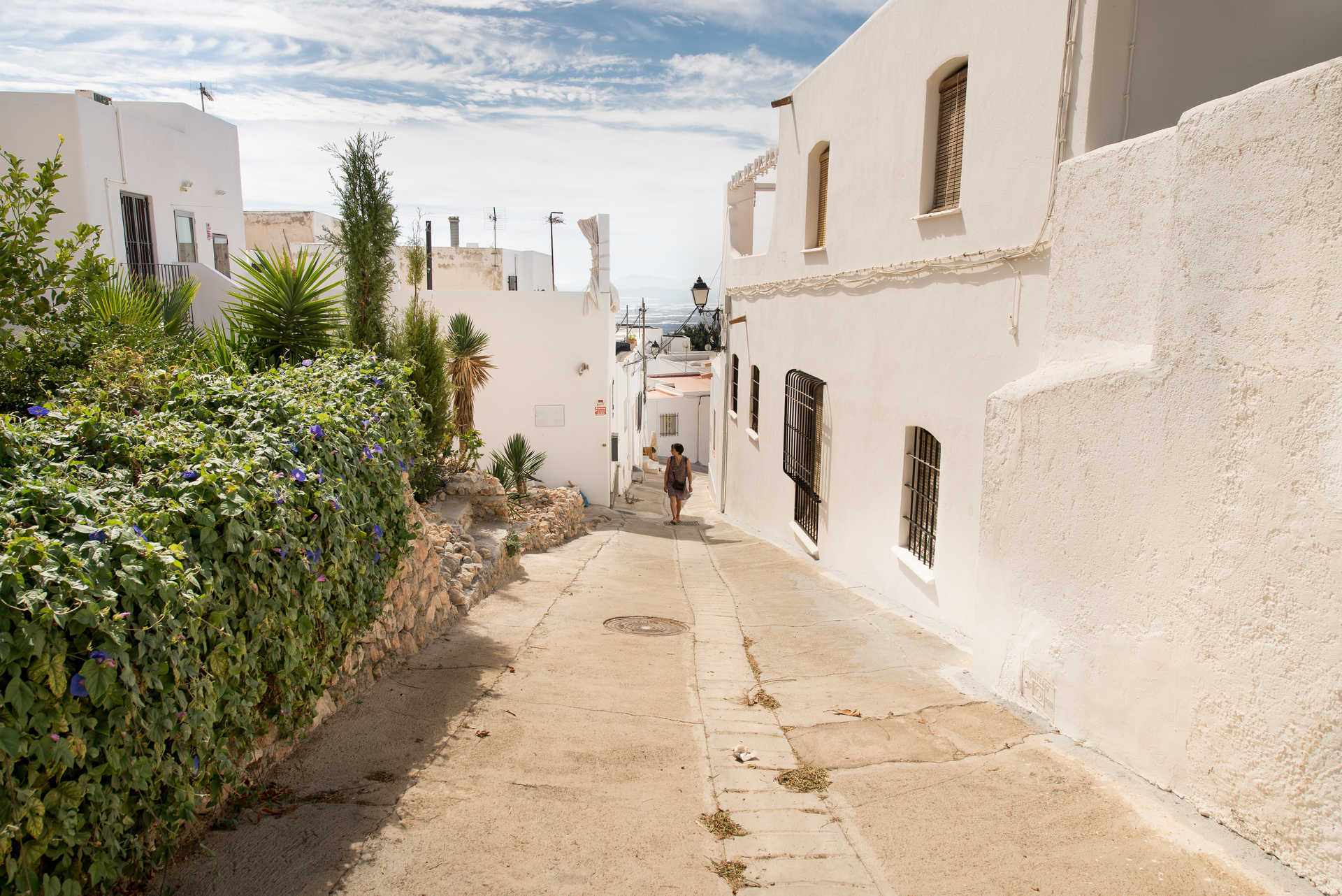
Benalauría Ecomuseum (Benalauría, Malaga)
We move on to the Genal Valley. There you'll find Benalauría, a village dating back to the 8th century, with the arrival of BerberMuslims who occupied the southern slopes of the Serranía de Ronda Mountains. Ten centuries later, an oil mill (an old mill called "desangre”, meaning driven by an animal) in the upper part of the villagebecame the the town's Ethnographic Museum. Although it underwent a restoration process, the fact is that it hadalready been very well preserved: it consisted of an extraordinaryMoorish-style press, millstones, a boiler, a cistern…
Benamahoma Ecomuseum (Grazalema, Cadiz)
Another old mill, this time a water mill, called El Nacimiento, was the place chosen for this ecomuseum located in the Sierra de Grazalema. In this case, focusing on the usehuman beings in this region made of water, a crucial element for theirsurvival. Understanding the water cycle in an area of such naturalwealth like the Sierra de Grazalema Nature Reserve is very enlightening. In these times of climate change, it also makesvisitors more aware of the ecological importance of climate and water in our lives.
This ecomuseum also enables us to learn about thetools relating to flour and oil mills, as well as those of other tradesthat enabled the townspeople to subsist (wool, bread). In all of them,water power would be essential for their development. The MajaceiteRiver, which flows by near the ecomuseum, plays a silent role in allthis.
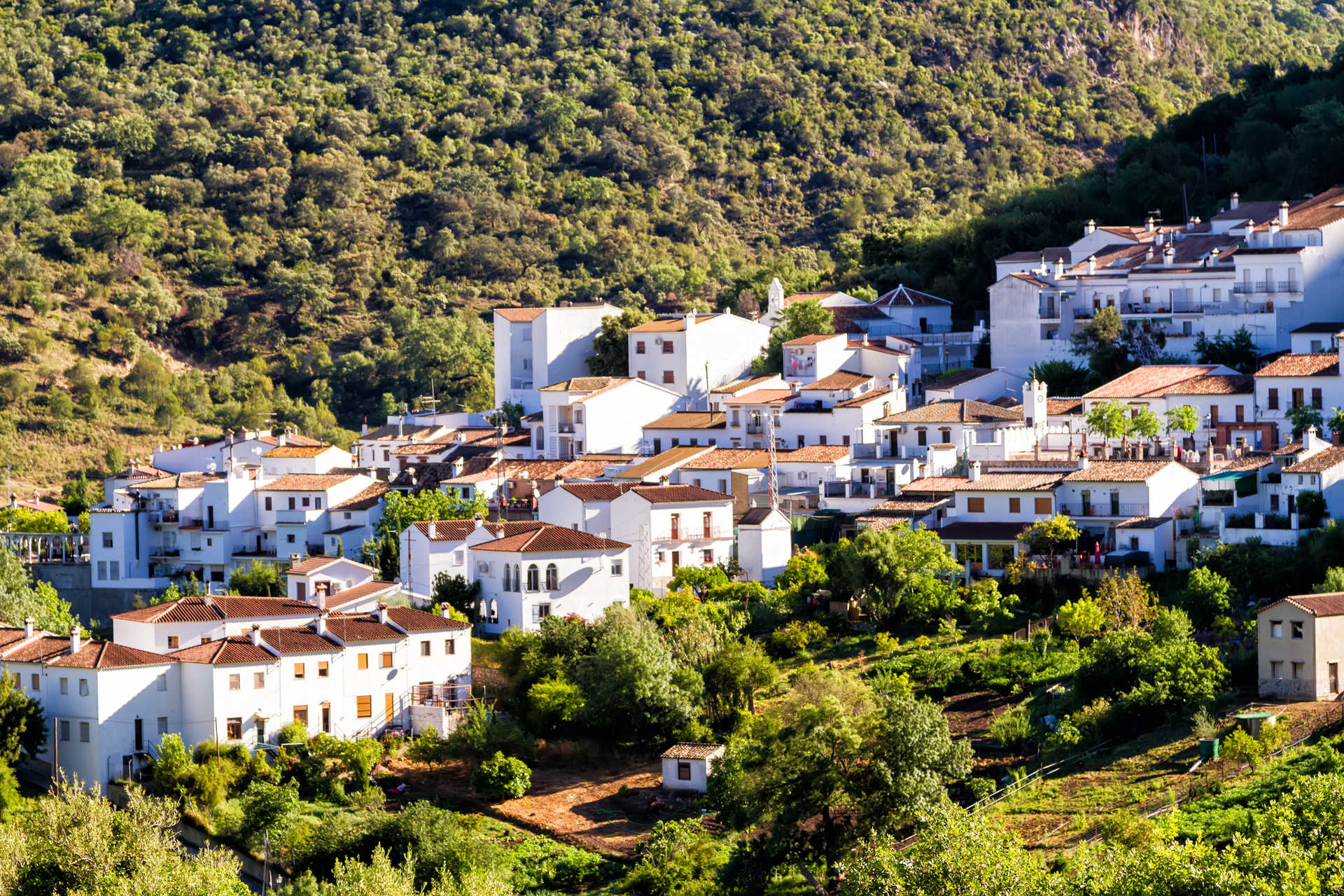
Molino del Pintado Tidal Ecomuseum (Ayamonte, Huelva)
A large tidal salt water mill which has been restored is now the venue for this ecomuseum which is our introduction to fascinating Ayamonte and Isla Cristina Marshes Nature Reserve. Water was harvested for milling wheat. Apart from the ecomuseum,visitors can also relax, enjoy cyclotourism or hiking in the area, orgive free rein to their passion for bird-watching and photographing thebirds which are native to the area.
Benaocaz Historical Ecomuseum (Benaocaz, Cadiz)
The White Villages Route really is obligatory when it come to deciding what to visit in Cadiz. Benaocaz is right there, and has an ecomuseum where history is recalled by focussing especially on the relationshipbetween the early settlers and nature. Some of the pieces on display are over 100,000 years old, and have been rescued from the mainarchaeological sites in the region. They help us to understand how thehunters, farmers and livestock breeders lived in those far-off times.The daily routine in the mountains in the Roman era - the city of Ocuriwith a legacy of important archaeological remains-, 18th centurymap-making and the growth of local industries (particularly leathergoods and agriculture).


